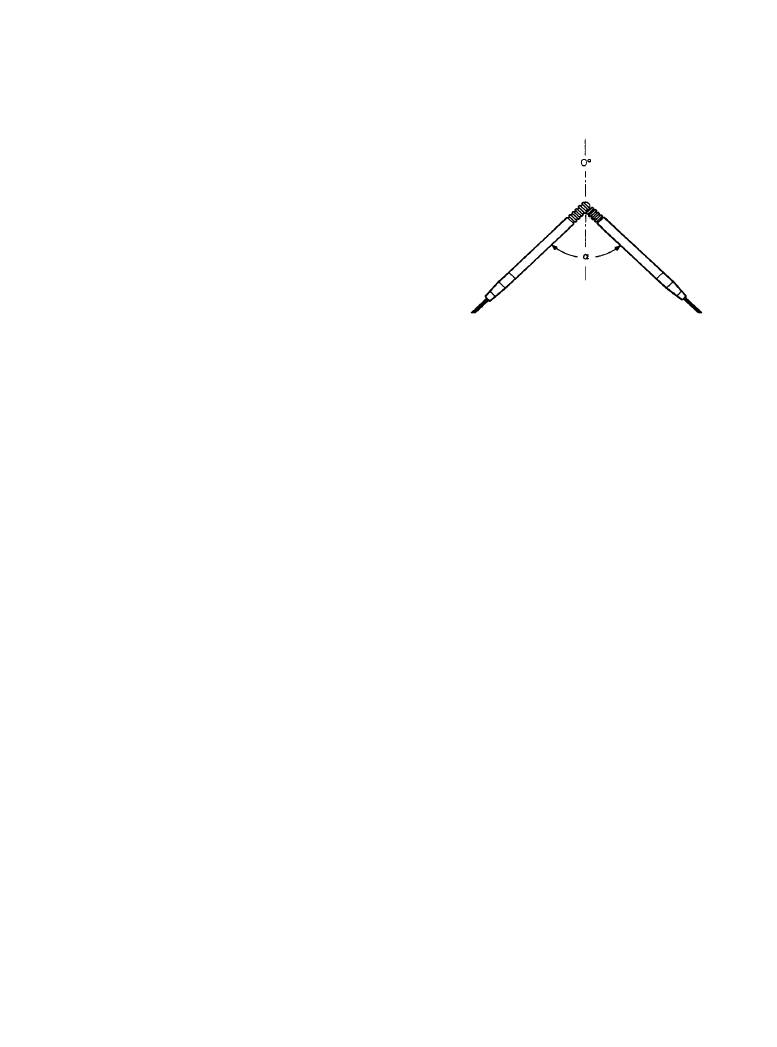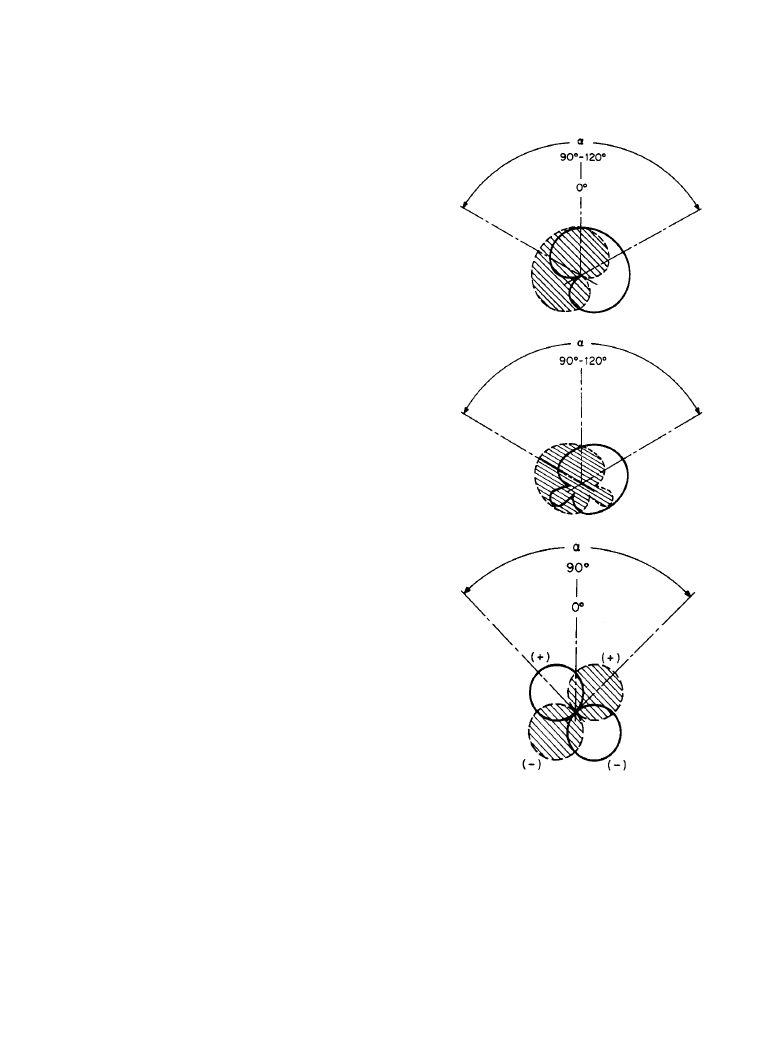ВУЗ: Казахская Национальная Академия Искусств им. Т. Жургенова
Категория: Книга
Дисциплина: Не указана
Добавлен: 03.02.2019
Просмотров: 21640
Скачиваний: 19

Microphones 4-35
5.
Kubota, H.: “Back Electret Microphones,” presented at the 55th Convention of the Audio
Engineering Society, J. Audio Eng. Soc. (Abstracts), vol. 24, no. 862, preprint 1157,
December 1976.
6.
Killion, M. C., and E. V. Carlson: “A Subminiature Electret-Condenser Microphone of New
Design,” J. Audio Eng. Soc., vol. 22, pg. 237–243, May 1974.
7.
Fredericksen, E., N. Firby, and H. Mathiasen: “Prepolarized Condenser Microphones for
Measurement Purposes,” Tech. Rev., Bruel & Kjaer, Copenhagen, no.4, 1979.
8.
Long, E. M., and R. J. Wickersham: “Pressure Recording Process and Device,” U.S. Patent
4,361,736, November 30, 1982.
9.
Instruction Book for RCA BK-16A Dynamic Microphone, IB-24898, Radio Corporation of
America, Camden, N.J.
10.
Olson, H. F.: “Ribbon Velocity Microphones,” J. Audio Eng. Soc., vol. 18, pp. 263–268,
June 1970.
11.
Eargle, J.: The Microphone Handbook, Elar Publishing, Plainview, N.Y., 1981.
12.
Bevan, W. R., R. B. Schulein, and C. E. Seeler: “Design of a Studio-Quality Condenser
Microphone Using Electret Technology,” J. Audio Eng Soc. (Engineering Reports), vol. 26,
pp. 947–957, December 1978.
13.
Woszczyk, W. R.: “A Microphone Technique Employing the Principle of Second-Order
Gradient Unidirectionality,” presented at the 69th Convention of the Audio Engineering
Society., J. Audio Eng. Soc. (Abstracts), vol. 29, pg. 550, preprint 1800, July-August 1981.
14.
Kishi, K., N. Tsuchiya, and K. Shimura: “Unidirectional Microphone,” U.S. Patent
3,581,012, May 25, 1971.
15.
Sank, J. R.: “Equipment Profile-Nakamichi CM-700 Electret Condenser Microphone Sys-
tem.” Audio, September 1978.
4.1.8
Bibliography
Eargle, J.: Sound Recording, Van Nostrand Reinhold, New York, 1976.
Eargle, J.: The Microphone Handbook, Elar Publishing, Plainview, N.Y., 1982.
Lipshitz, S. P.: “Stereo Microphone Techniques: Are the Purists Wrong?” presented at the 78th
Convention of the Audio Engineering Society, J. Audio Eng. Soc. (Abstracts), vol. 33, pg.
594, preprint 2261, July-August 1985.
Microphones—Anthology, Audio Engineering Society, New York, 1979.
Nisbett, A.: The Technique of the Sound Studio, Hastings House, New York, N.Y., 1974.
Olson, H.: Music, Physics, and Engineering, 2d ed., Dover, New York, N.Y., 1967.
Downloaded from Digital Engineering Library @ McGraw-Hill (www.digitalengineeringlibrary.com)
Copyright © 2004 The McGraw-Hill Companies. All rights reserved.
Any use is subject to the Terms of Use as given at the website.
Microphones

Downloaded from Digital Engineering Library @ McGraw-Hill (www.digitalengineeringlibrary.com)
Copyright © 2004 The McGraw-Hill Companies. All rights reserved.
Any use is subject to the Terms of Use as given at the website.
Microphones

4-37
Chapter
4.2
Stereophonic Techniques
Jon R. Sank, Ronald D. Streicher, Wesley L. Dooley
4.2.1
Introduction
Accurate stereo imaging is the foundation for the art of stereo recording. Experience with the
basic techniques and knowledge of their attributes are essential for anyone working in stereo for-
mats. The art of recording lies in manipulating illusions. The science of recording involves the
tools and techniques used to create these illusions.
4.2.2
Two-Microphone Coincident Techniques
Coincident or intensity stereo techniques are achieved with a pair of directional microphones,
most often vertically aligned on a common axis and set at an angle to each other in the horizontal
plane. (See Figure 4.2.1.) Thus, there is minimum time (phase) difference between the two cap-
sules for sound sources on the horizontal plane. Properly done, this style relies solely on intensity
differences between the two signals for directional cues. The choice of the microphone pair’s
polar pattern can vary from subcardioid to bidirectional, depending on the specific technique
being implemented. The angles formed by the microphone pair are typically symmetrical about
the centerline of the sound source, and the included angles discussed in this section arc the total
angles between the axes of the microphones.
An advantage of intensity stereo is that the angular accuracy of the stereo imaging is unaf-
fected by the distance of the microphone pair from the sound source. A disadvantage is that with-
out the interchannel time delay common to other miking techniques, the stereo image sometimes
seems to lack a sense of space.
4.2.2a
XY Cardioids and Hypercardioids
The microphone pair is typically set at an included angle of between 60 and 120°. The specific
angle chosen determines the apparent width of the stereo image, and the choice of this angle is
subjective, with consideration given to the distance of the microphone pair from the sound
source, the actual width of that source, and the polar pattern of the microphone. A critical factor
to consider when using these techniques is this polar response. As the individual microphones
Downloaded from Digital Engineering Library @ McGraw-Hill (www.digitalengineeringlibrary.com)
Copyright © 2004 The McGraw-Hill Companies. All rights reserved.
Any use is subject to the Terms of Use as given at the website.
Source: Standard Handbook of Audio and Radio Engineering

4-38 Microphone Devices and Systems
are oriented at an angle to most of the sound source, considerable off-axis coloration is possible.
As with any stereo technique, the microphones comprising the pair should have as good a polar
response as possible. Furthermore, they should be closely matched with regard to polar and fre-
quency response, since any differences will cause the image to wander with changes in pitch.
The use of cardioid microphones is common in coincident techniques, typically with an
included angle of 90 to 120° and placed fairly close to the sound source (Figure 4.2.2). Often the
axes of the microphones are aimed at a point near the extremes of the sound source. As the
direct-to-reverberant-sound ratio of this approach is high, this can offer some rejection of
unwanted sound from the rear of the pair. Sometimes a distant pickup with a large reverberation
component is desired. In such circumstances, included angles as large as 180° may be employed.
Using a hypercardioid pair is similar to using cardioids except that the included angle is typi-
cally narrower to preserve a solid center image (Figure 4.2.3). The increased reach of the hyper-
cardioid allows a more distant placement for a given direct-to-reverberant-sound ratio. With their
small reverse-polarity lobes, using hypercardioids is a good compromise between implementing
XY with cardioids and the Blumlein technique.
Blumlein
The crossed pair of figure of eights is the earliest of the XY techniques and is configured with
two bidirectional microphones oriented at an included angle of 90° (Figure 4.2.4). It was devel-
oped in the early 1930s by British scientist Alan Blumlein and was presented in his seminal
patent [1].
One attribute of this technique is that the rear lobes of these microphones record the rear 90°
quadrant in phase but out of polarity and place this into the stereo image (cross-channeled)
together with the front quadrant. Signals from the two side quadrants are picked up out of phase.
Placement is therefore critical in order to maintain a proper direct-to-reverberant-sound ratio and
to avoid strong out-of-phase components. Typically, this technique works very well in a wide
room or one with minimal sidewall reflections, where strong signals are not presented to the side
quadrants of the stereo pair. It is often commented that this configuration produces a very natural
sound.
Figure 4.2.1
Coincident
XY microphone pair.
Downloaded from Digital Engineering Library @ McGraw-Hill (www.digitalengineeringlibrary.com)
Copyright © 2004 The McGraw-Hill Companies. All rights reserved.
Any use is subject to the Terms of Use as given at the website.
Stereophonic Techniques

Stereophonic Techniques 4-39
MS Stereo
This form of intensity stereo uses one microphone (the M or midcomponent) aimed directly at
the centerline of the sound source and another, a bidirectional microphone (the S or side compo-
nent), oriented laterally (Figure 4.2.5). Their outputs are processed by a sum-and-difference
matrix network, which resolves them into conventional XY stereo signals, (M + S) and (M – S).
The left-right orientation is determined by the direction of the positive lobe of the S microphone.
Figure 4.2.2
XY cardioid pair.
Figure 4.2.3
XY hypercardioid pair.
Figure 4.2.4
XY crossed figure-of-eights. (From [1].
Used with permission.)
Downloaded from Digital Engineering Library @ McGraw-Hill (www.digitalengineeringlibrary.com)
Copyright © 2004 The McGraw-Hill Companies. All rights reserved.
Any use is subject to the Terms of Use as given at the website.
Stereophonic Techniques